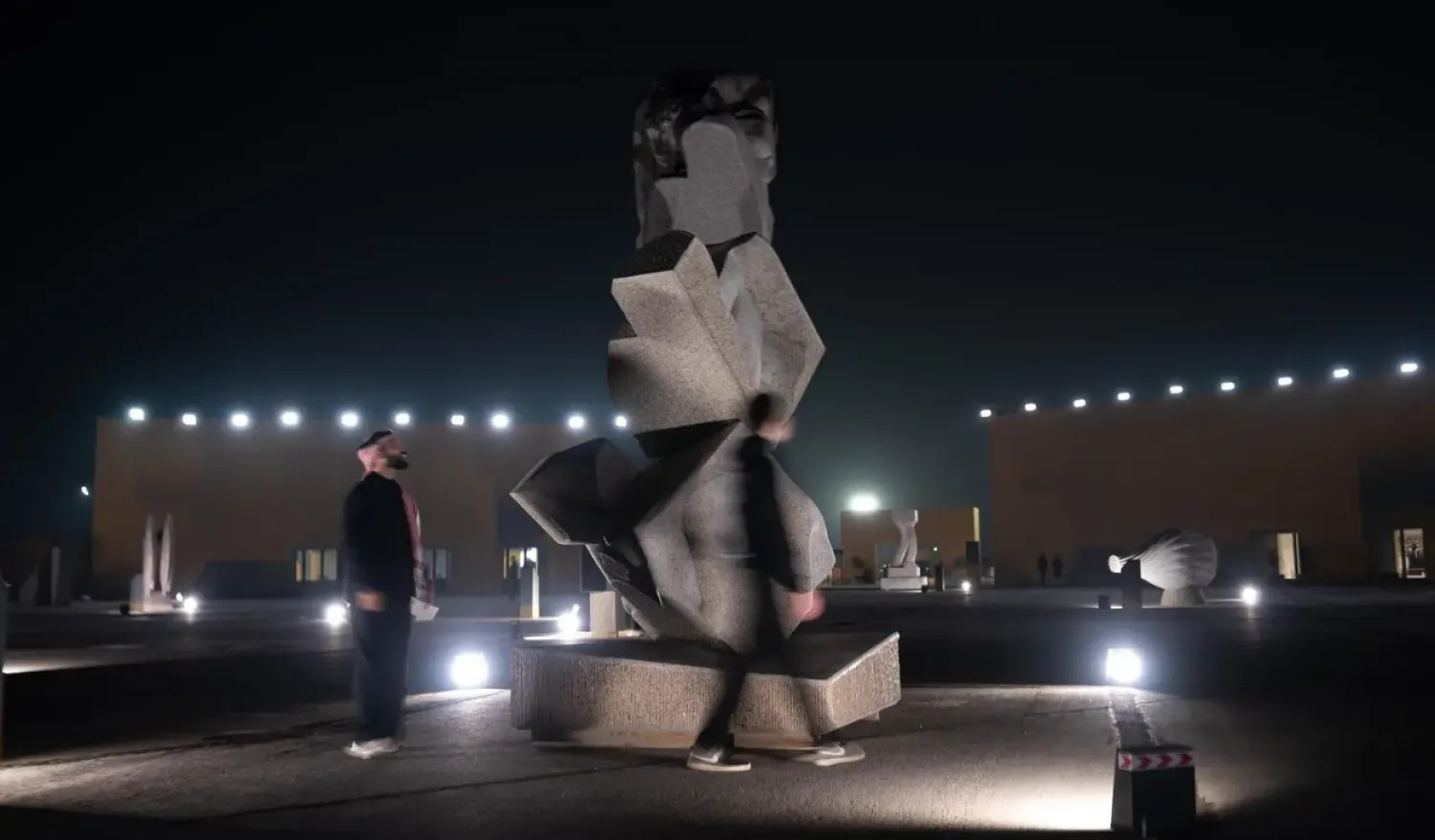After successfully adding the Al-Faw region to UNESCO's World Heritage list, Saudi Arabia is now aiming to register more sites to showcase their historical significance and attract global attention.
Dr. Jasir Al-Harbash, CEO of the Heritage Commission, revealed plans to add new sites on the international heritage list, including ancient pilgrimage routes like the Zubaydah trail, as well historic water systems and ancient Arabian oases.
These sites are valuable both historically and environmentally, featuring farms and freshwater springs.
Speaking to Asharq Al-Awsat, Al-Harbash said Saudi Arabia's Vision 2030 aims to register eight sites on UNESCO’s World Heritage list, a goal reached ahead of schedule. He assured that work is ongoing for other eligible sites.
“We have a plan to register several sites within a set timeframe. One of these involves collaboration with a neighboring country, aiming to exceed the targets outlined in Vision 2030,” noted Al-Harbash.
He highlighted several key Saudi sites under consideration for the World Heritage list. Among them are ancient pilgrimage routes, especially the Zubaydah trail, one of the seven main pilgrimage paths in the Arabian Peninsula, with a history of over 1,000 years.
Additionally, the National Center for Wildlife Development is leading efforts on a natural heritage file, which recently achieved recognition for the “Uruq Bani Ma’arid Protected Area,” designated in September 2023 as Saudi Arabia’s first natural World Heritage site.
Separately, the Saudi Cabinet designated 2025 as the “Year of Handicrafts” to celebrate their unique cultural value and highlight Saudi craftsmanship to the international community.
Al-Harbash praised the decision, calling it a recognition of the Ministry of Culture and the Heritage Commission’s dedication to this important sector.
During the “Year of Handicrafts,” the Ministry of Culture will work to increase the visibility of Saudi handicrafts both at home and abroad, and enable Saudi artisans to display their creations at events and activities in the Kingdom and the world over.
The initiative also aims to increase the contribution of Saudi handicrafts to the local economy and to raise awareness about their cultural, historical, civilizational, and economic significance.









